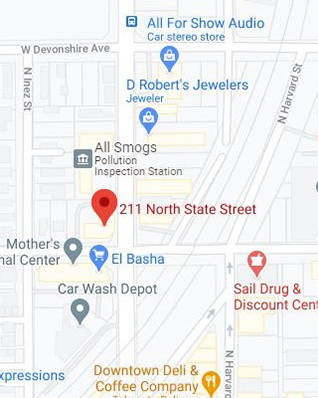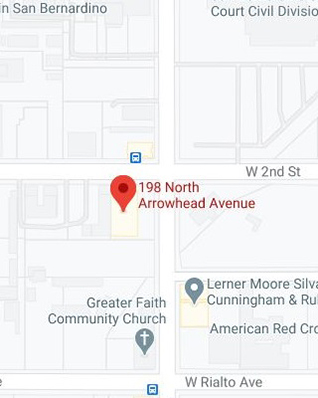
Nearly 20 years old, Honduras TPS and Nicaragua TPS are two of the longest-standing TPS programs.
After five years of living in political purgatory, TPS beneficiaries are now able to re-register for benefits.
On June 13, 2023, the DHS Secretary announced the end of termination efforts put in place under the Trump Administration.
Honduras Temporary Protected Status
Most Recent Re-Registration Period: November 6, 2023 to January 5, 2024
Current Expiration Date: July 5, 2025There are 57,000 Honduran TPS beneficiaries and their families who will be greately affected by the outcome of this case.
Nicaragua Temporary Protected Status
Most Recent Re-Registration Period: November 6, 2023 to January 5, 2024
Termination Date: January 5, 2025There are 2,550 Nicaraguan TPS beneficiaries and their families who will be greatly affected by the outcome of this case.
History Of Temporary Protected Status
For Honduras And Nicaragua
The original Honduras Temporary Protected Status designation as well as the original Nicaragua Temporary Protected Status designation took place on January 5, 1999.
The government’s designation was aimed at helping Hondurans and Nicaraguans recover from the effects of Hurricane Mitch.
Although Hurricane Mitch took place in 1998, its’ devastating effects remained for many years afterwards. As a result, following the original designation, both nations received several 18-month extensions.
Before extensions were granted, the Department of Homeland Security and Department of State would review the present situation in these countries. After such reviews, immigrants would be allowed to re-register for TPS status if the conditions in their home countries were still deemed unsafe to return.
To qualify for TPS status, applicants had to prove:
- They were a Honduran or Nicaraguan national (or a person without nationality who last resided in Honduras or Nicaragua)
- They were physically present in the U.S. since January 5, 1999, the date when TPS status was created for Honduras and Nicaragua
- They had continuously resided in the U.S. since December 30, 1998
- They met all immigration and TPS requirements, and had to pass a background inspection.
Although Hurricane Mitch took place in 1998, its’ devastating effects remained for many years afterwards. As a result, following the original designation, both nations received several 18-month extensions.
Before extensions were granted, the Department of Homeland Security and Department of State would review the present situation in these countries. After such reviews, immigrants would be allowed to re-register for TPS status if the conditions in their home countries were still deemed unsafe to return.
Temporary Protected Status Overview
Temporary Protected Status, a special humanitarian immigration program, was created in 1990. The purpose is to provide immigrants with a temporary safe harbor while they are not capable of returning safely to their country of origin as a result of an environmental disaster, war, or other temporary severe conditions.
As noted above, the period of authorization does not exceed 18 months. In general, about three months before the TPS designation ends, the government announces whether it will continue to extend the period of temporary protected status another 18 months.
If TPS is extended, TPS privileges and work authorization benefits remain in place if beneficiaries re-register within the appropriate period and still meet all applicable requirements.
One benefit of being classified as a TPS recipient was the halting of deportation and removal proceedings for those who had been placed in immigration court proceedings. It is possible that the government may seek to reopen such cases.
If You’re A Honduras TPS Or Nicaragua TPS Beneficiary, What Should You Do Now?
The majority of Hondurans and Nicaraguans previously granted TPS benefits have lived in the U.S. a long, long time, dating back to 1999.
Many now have strong community, work, and family roots. Some have purchased homes and are paying for their children’s college educations.
A brief glance at the Honduras TPS beneficiaries’ demographic profile is instructive:
Honduras TPS Demographic Profile:
- 6% are married to a legal resident
- They have resided in the United States an average of 22 years
- 51% of TPS beneficiaries are male, 49% are female
- 85% are employed
- 9,500 have mortgages
- 40% have health insurance
Honduras TPS Residency Profile:
The states with the largest TPS populations from Honduras are:
- California (5,900)
- Texas (8.500)
- Florida (7,800)
- North Carolina (6,200)
- California (5,900)
- New York (4.600)
- Louisiana (3,800)
- New Jersey (3,700)
This long-standing community ties means that potential pathways for positive TPS immigration relief from deportation and family separation – and winning permanent residence relief – exist . . . but only if you start planning ahead today.
I cannot stress this point strong enough
Do Not Delay Figuring Out Your Options
As a San Bernardino immigration lawyer, I strongly encourage you to not wait until the law suits are over to figure out your options.
When those cases are over, win, lose, or draw, you should expect the government to put up strict roadblocks to prevent you from legalizing your immigration status.
If you delay, you could lose your chance to win a green card and become a permanent resident of the United States.
To protect your future, action today is needed.
So hop to it.




